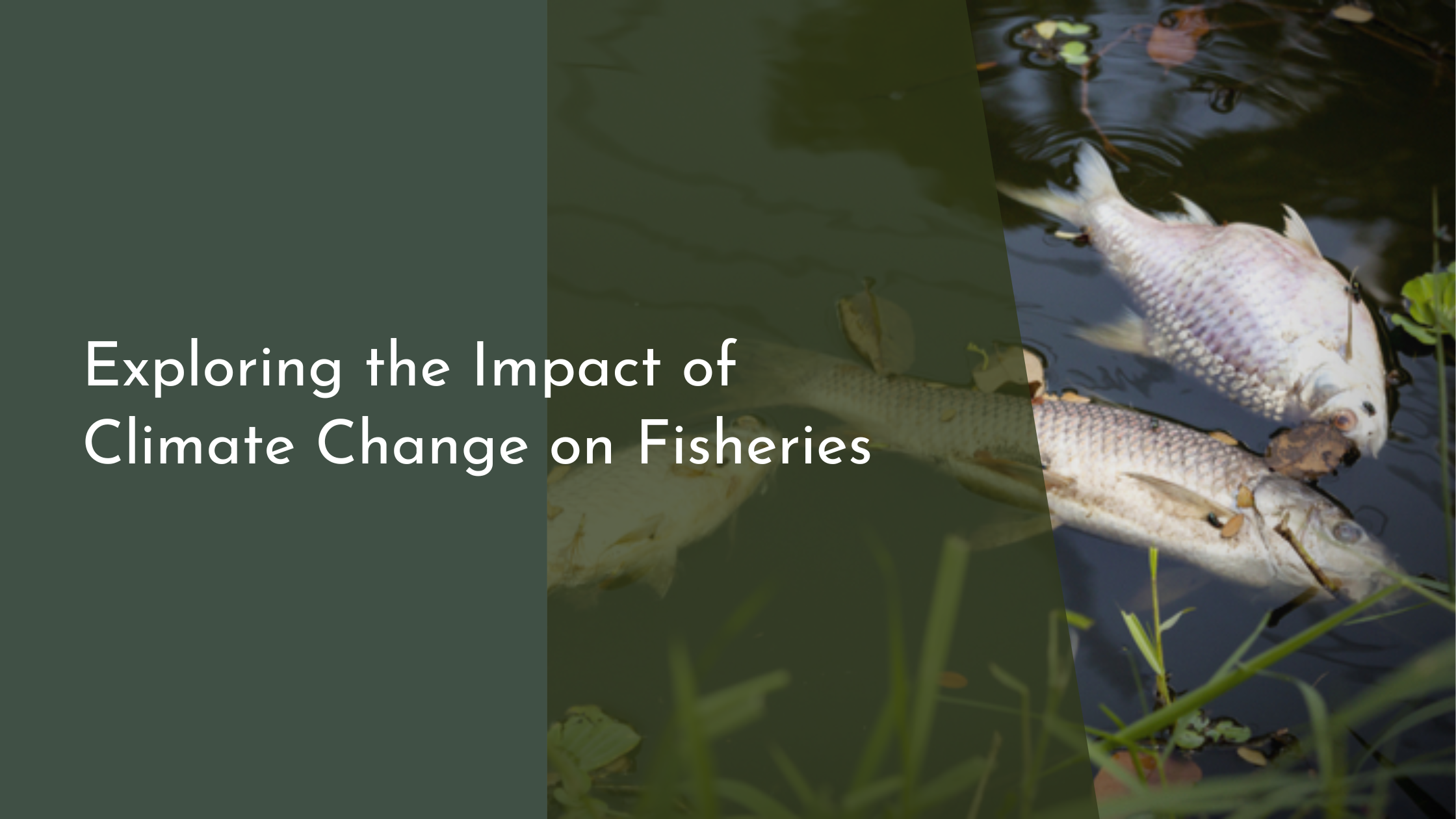Exploring the Impact of Climate Change on Fisheries
Climate change, a term that has become a significant part of our everyday vocabulary, is reshaping ecosystems and industries around the world. Among the sectors most affected are global fisheries, which play a crucial role in the livelihoods of millions of people. As the planet warms, the impact on marine life and, consequently, on the fisheries that depend on them, becomes increasingly pronounced. This article delves into the intricate dance between climate change and fisheries, exploring the causes, effects, economic implications, and potential solutions for a sustainable future.
Understanding Climate Change and Its Causes
Climate change refers to long-term shifts in temperatures and weather patterns, primarily driven by human activities, particularly the burning of fossil fuels like coal, oil, and gas. These activities release greenhouse gases into the atmosphere, leading to an increase in global temperatures. The effects are further accelerated by deforestation and industrial activities, which reduce the earth’s capacity to absorb carbon dioxide. As a result, we are witnessing more frequent and severe weather events, rising sea levels, and changing climatic conditions that affect every corner of the globe.
The oceans, which cover about 71% of the earth’s surface, have absorbed much of this excess heat, leading to rising sea temperatures. Even a small increase in temperature can have profound effects on marine ecosystems, disrupting established patterns of marine life. This warming is also causing ocean acidification, as more carbon dioxide dissolves in seawater, altering the water’s chemistry and affecting the health of marine species, particularly those with calcium carbonate shells or skeletons.
How Climate Change Affects Marine Life
Marine life is incredibly sensitive to changes in temperature, and even minor shifts can lead to significant ecological consequences. As ocean temperatures rise, many species are forced to migrate to cooler waters, altering the distribution of fish stocks and impacting local ecosystems that rely on these species for sustenance. This migration can lead to a decline in biodiversity as species struggle to adapt to new environments or compete with established marine life in these areas.
Additionally, ocean acidification poses a significant threat to marine life, particularly to shellfish and coral reefs, which provide essential habitats for numerous marine species. Acidification weakens coral skeletons, threatening entire reef ecosystems, and makes it difficult for shellfish to build their shells, affecting their survival rates. These changes disrupt the balance of marine ecosystems, leading to potential collapse or severe alteration of food webs that countless marine and terrestrial species depend on.
The Economic Impact on Global Fisheries
Fisheries form the backbone of many coastal economies, providing both food and income for millions of people worldwide. The changes brought about by climate change threaten to destabilize this critical economic sector. Altered fish distribution and abundance lead to less predictable catches, making it challenging for fishing communities to maintain their livelihoods. This unpredictability can increase competition and tension over fishing rights and access to diminishing resources.
Moreover, the decline in fish stocks affects not only the fishermen but also the entire supply chain, including processing, marketing, and distribution networks. This economic impact is felt most acutely in developing countries, where communities are often most vulnerable to environmental and economic shifts. In response, there is a growing need for adaptive management strategies to help mitigate these economic risks and ensure the sustainability of fisheries resources.
Adapting Fisheries for a Sustainable Future
To safeguard the future of global fisheries, adaptation and innovation are key. Implementing sustainable fishing practices, such as setting catch limits, establishing marine protected areas, and promoting aquaculture, can help maintain fish populations and protect marine biodiversity. These measures, coupled with ongoing scientific research to monitor and understand the impact of climate change on marine ecosystems, are vital components of a comprehensive strategy for sustainable fisheries management.
Community engagement and education also play a crucial role in adapting to these changes. By fostering awareness and collaboration among stakeholders, from local fishermen to policymakers, communities can develop resilient strategies tailored to their unique challenges and opportunities. Investing in technology and infrastructure that support sustainable fishing, such as eco-friendly fishing gear and improved data collection methods, can further empower communities to navigate the complexities of climate change, ensuring a thriving future for both people and marine ecosystems.
While the challenges posed by climate change to global fisheries are formidable, they also present an opportunity for transformative change. By embracing sustainable practices, fostering innovation, and prioritizing cooperation, we can safeguard marine resources and the communities that depend on them. The journey towards sustainability in fisheries is not just an environmental imperative but an economic and social one, promising a more resilient and abundant future for generations to come. Let us seize this opportunity to transform our relationship with the oceans and ensure the health of our planet’s vibrant marine life.


